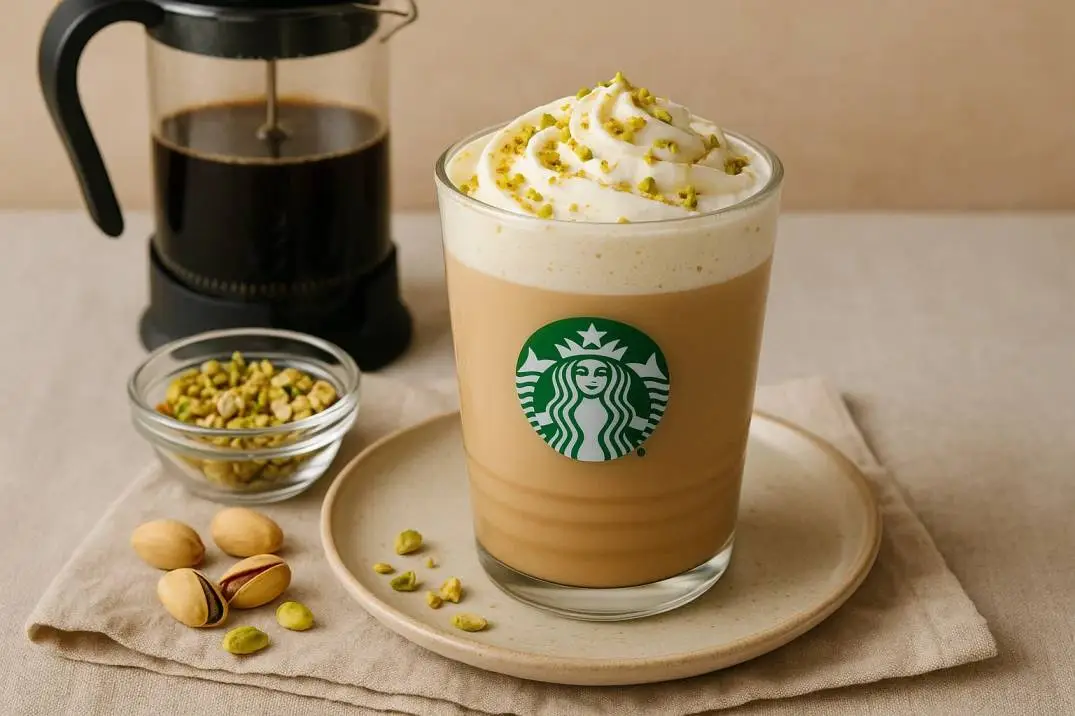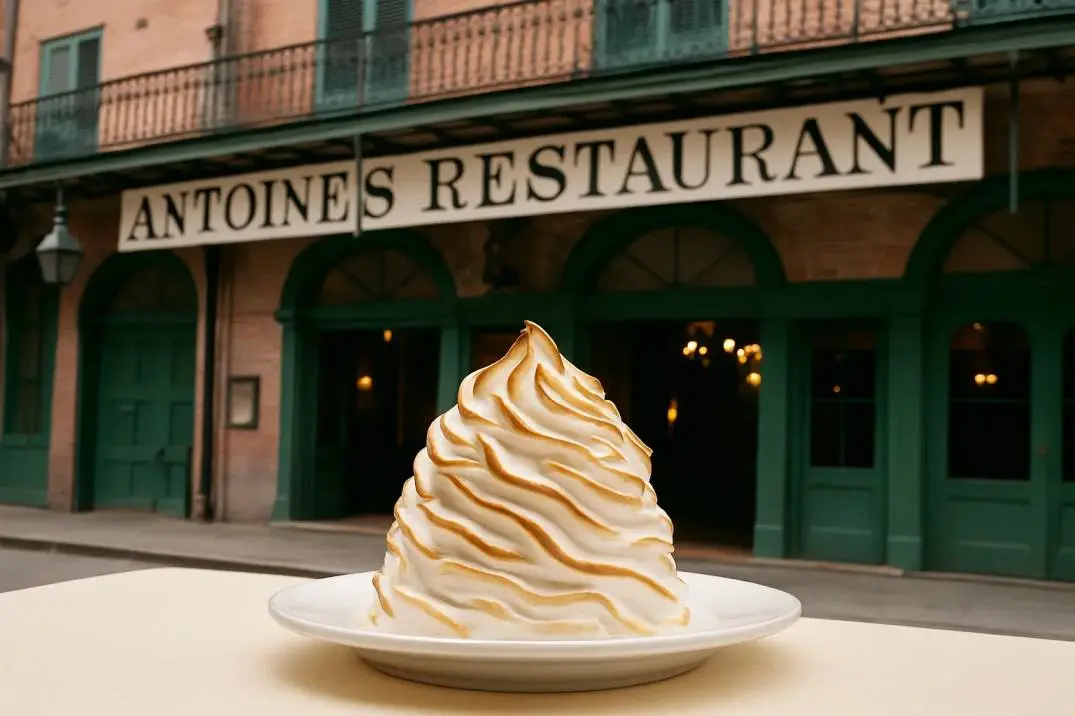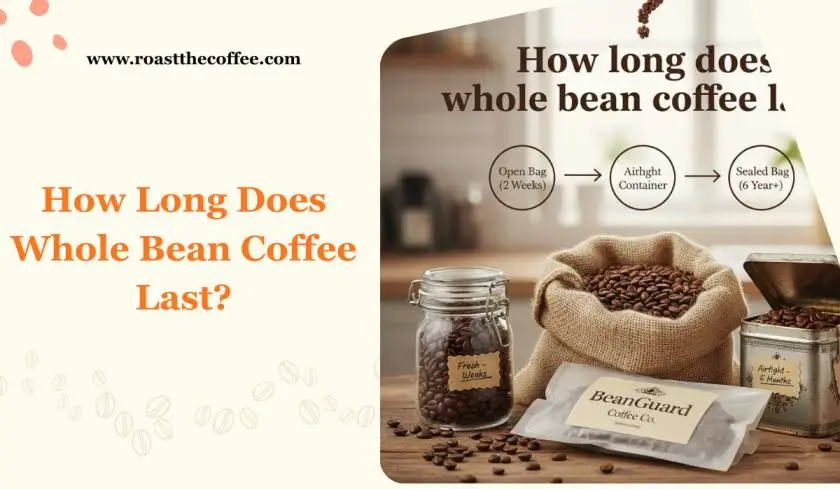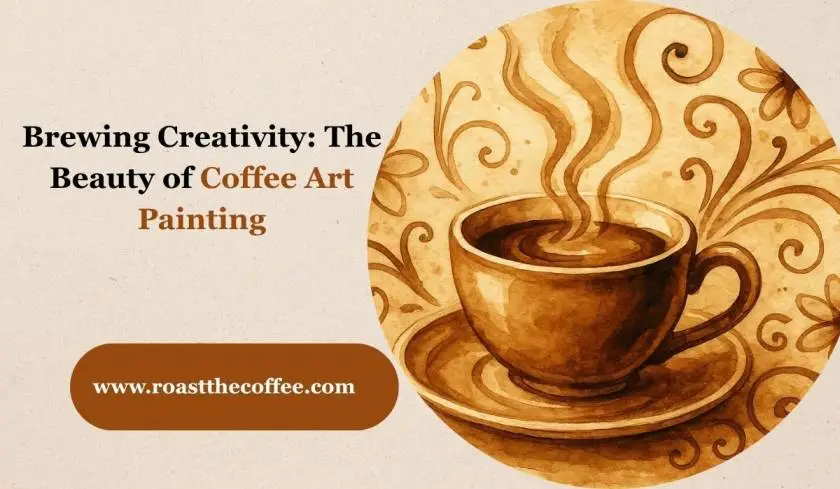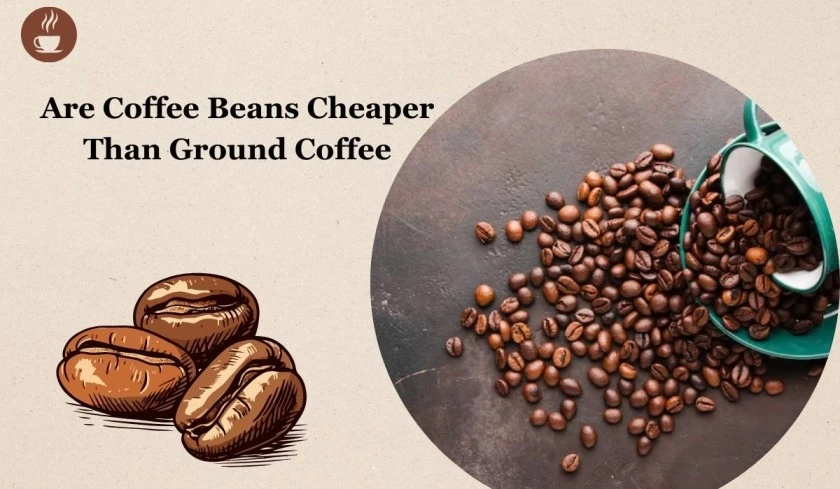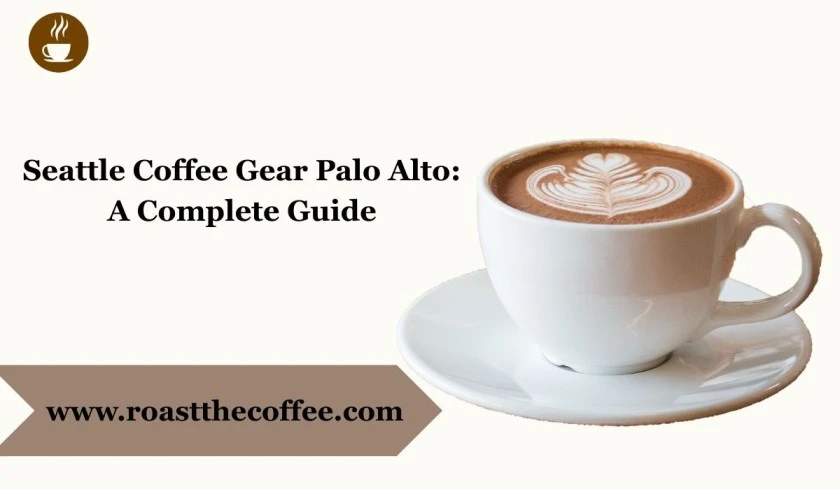Exploring Roast Profiles: Light, Medium, and Dark Roasting Techniques
- November 21, 2023

The roast profile is hair-trigger in establishing a coffee bean’s overall qualities. Whether you’re a professional barista or a hobbyist, understanding the complexities of coffee roasting can substantially modernize your specialty coffee game.
In this article, we will deep-dive into the three main categories—light, medium, and visionless roasts—exploring techniques to help you unzip each roast level.
Before exploring individual roast profiles, it’s important to note that the type of roaster you use can profoundly influence your tenancy over the process. For professional purposes, drum roasters are often preferred for their “nostalgic” profiles. On the other hand, air roasters are suitable for smaller batches and can offer a cleaner, increasingly vibrant profile. Choose your roaster wisely based on your needs.
Despite the outstart of advanced, streamlined roasting machines thanks to technological progress, mastering traditional roasting methods still calls for expertise in two essential sensory skills: sight and sound.
Visual observation
Seasoned roasters understand that optimal roasting significantly changes the coffee beans’ visitation and texture. These visual cues serve as hair-trigger indicators to monitor the roasting progression and assess the stratum of roast. Visionless roasted beans will towards slick and deep brown, whereas lightly roasted beans have a increasingly subdued brown hue and lack an oily surface.
Auditory cues
While roasting, coffee beans make specific cracking sounds that track you into variegated phases. These cracks happen when the beans expand, breaking unshut as their internal moisture evaporates. Generally, you’ll know a visionless roast is washed-up without the second crack, while medium and light roasts are good to go just without the first crack.
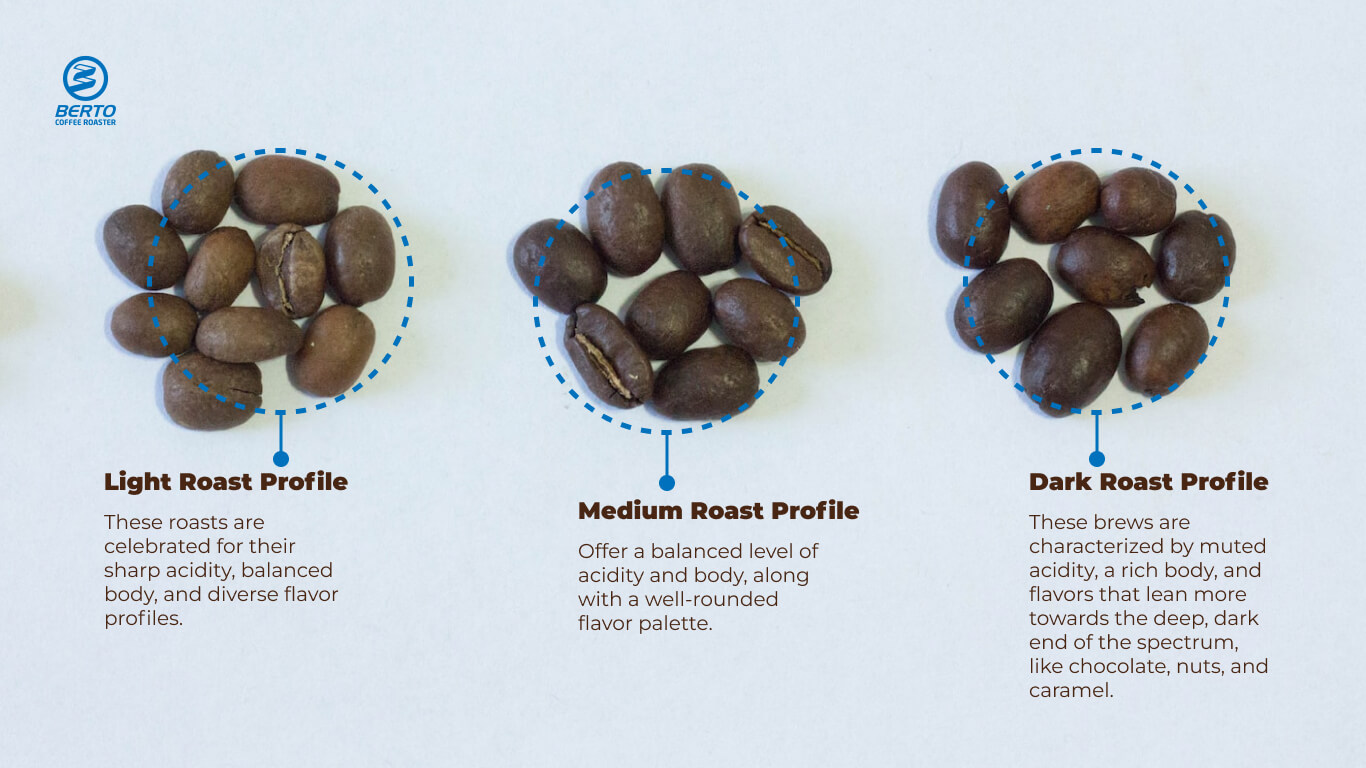
Light Roast Profile
Light roast coffee is characterized by its stake brown verisimilitude and sparsity of oil on the bean’s surface. These roasts are prestigious for their sharp acidity, well-turned body, and diverse savor profiles. When the beans are expertly farmed, processed, and roasted, they can offer various flavors, aromas, and aftertastes. Light roasting is expressly valued in the specialty coffee sector, as it tends to spotlight the coffee’s unique and vibrant flavors, giving you a clearer sense of its origin.
Light roasted coffee typically achieves an internal temperature of 200 stratum Celsius during roasting. These beans just reach the point known as the “first crack,” a stage where internal vapors splash through the bean’s outer wall, producing a distinctive cracking sound.
Alternative names for light roast include cinnamon roast, light city, and half city.
Medium Roast Profile
Medium roast coffee comes in a brown shade and usually lacks an oily surface. These coffees offer a well-turned level of venom and body, withal with a well-rounded savor palette.
Roasting to this medium level still retains many of the bean’s unique origin flavors but moreover introduces the deeper, caramel-like sweetness associated with longer roasting. As a result, these coffees strike a wastefulness between unexceptionable and visionless notes, offering a savor profile that’s both rich and nuanced.
Specialty coffee roasters often favor medium roasting, as they request to a broader range of coffee drinkers. While not as acidic or intensely flavored as light roasts, medium roasts still indulge the natural flavors of the coffee to shine through. Regarding roasting specifics, medium roast coffees often reach an internal temperature between 400-430 degrees Fahrenheit. They are usually roasted just past the “first crack” stage but not as far as the “second crack.”
Medium roasts are moreover tabbed regular roast, American roast, or municipality roast.
Dark Roast Profile
Dark roast coffee comes in a deep brown hue and commonly features an oily surface. These brews are characterized by muted acidity, a rich body, and flavors that lean increasingly towards the deep, visionless end of the spectrum, like chocolate, nuts, and caramel. While you’re less likely to taste the unique characteristics of the bean’s origin at this roast level, that doesn’t make these coffees any less enjoyable. Certain beans shine when dark-roasted, bringing along delectable chocolatey, nutty, and caramel notes.
The contrast between light and visionless roasts is quite stark. For a real education in flavor, try sampling a light roast and a visionless roast coffee side by side. Most specialty coffee roasters usually offer only one or two visionless roast options, mainly considering visionless roasting produces a increasingly uniform savor profile wideness variegated beans.
Historically, visionless roasts were increasingly prevalent, primarily considering the quality of misogynist coffee was not as high. The darker roast was a method to mask the undesirable flavors of lower-quality beans. However, as the specialty coffee scene has evolved, high-quality beans are increasingly wieldy than ever. The modern specialty roaster doesn’t aim to obscure bad flavors but to underscore the bean’s deeper, richer notes when a visionless roast is suitable.
As for the technical specifics, visionless roast coffees are often roasted to internal temperatures ranging from 430-450 degrees Fahrenheit. They often reach or surpass the “second crack” stage during roasting.
Dark roasts are moreover known by other names, such as full municipality and Vienna roast.
Understanding roast profiles is not just for coffee aficionados; it’s essential for anyone keen to make the most of their daily brew. Follow us on Instagram and like us on Facebook for increasingly coffee roasting tips and tricks.


